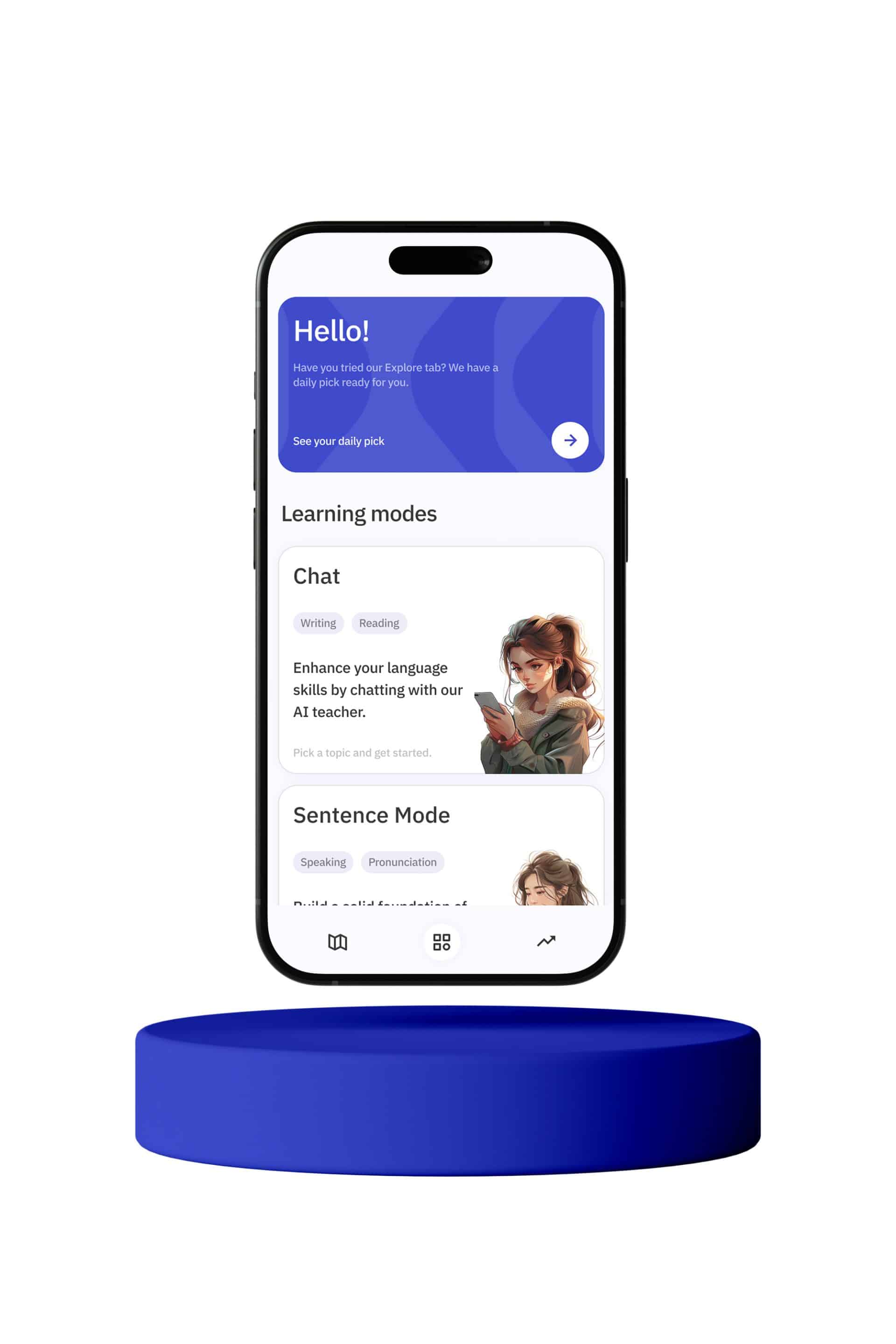When learning Spanish, one of the common dilemmas English speakers face is the distinction between the verbs entender and comprender. Both verbs are often translated as “to understand” in English, but they are used differently in Spanish. Grasping the nuances between entender and comprender can enhance your communication skills and deepen your appreciation for the Spanish language. In this article, we’ll explore the subtle differences and appropriate contexts for using these two verbs.
Entender and comprender are both used to express understanding, but they are not always interchangeable. The distinctions can be subtle, and their usage can vary depending on the region and the context. Let’s dive deeper into each verb and examine their specific uses and connotations.
Entender generally means “to understand” in a more general or superficial sense. It is often used when referring to basic comprehension, such as understanding the words someone is saying or grasping a simple concept. For example:
– ¿Entiendes lo que digo? (Do you understand what I’m saying?)
– Entiendo un poco de francés. (I understand a little French.)
In these examples, entender is used to indicate a basic level of understanding. It suggests that the speaker has grasped the general meaning or idea, but it doesn’t necessarily imply a deep or thorough comprehension.
On the other hand, comprender carries a deeper connotation of understanding. It is often used when referring to a more thorough or comprehensive grasp of a concept, situation, or emotion. For example:
– Comprendo tus sentimientos. (I understand your feelings.)
– No comprendo cómo funciona este sistema. (I don’t understand how this system works.)
In these examples, comprender suggests a deeper level of understanding, one that goes beyond mere words or superficial knowledge. It implies that the speaker has a more profound grasp of the subject matter.
It’s important to note that in some contexts, entender and comprender can be used interchangeably without significantly changing the meaning of the sentence. However, choosing the appropriate verb can convey subtle nuances and enhance the precision of your communication.
To further illustrate the differences, let’s look at a few more examples:
1. Entender vs. Comprender in Practical Situations:
– Entender: Entiendo las instrucciones del manual. (I understand the instructions in the manual.)
– Comprender: Comprendo por qué estas instrucciones son importantes. (I understand why these instructions are important.)
In the first example, entender is used to indicate a basic understanding of the instructions themselves. In the second example, comprender is used to convey a deeper understanding of the significance or importance of the instructions.
2. Entender vs. Comprender in Emotional Contexts:
– Entender: Entiendo que estés enojado. (I understand that you’re angry.)
– Comprender: Comprendo tu enojo. (I understand your anger.)
In the first example, entender is used to acknowledge the fact that someone is angry. In the second example, comprender is used to convey a deeper empathy and understanding of the person’s emotional state.
3. Entender vs. Comprender in Intellectual Contexts:
– Entender: Entiendo la teoría de la relatividad. (I understand the theory of relativity.)
– Comprender: Comprendo las implicaciones de la teoría de la relatividad. (I understand the implications of the theory of relativity.)
In the first example, entender is used to indicate a basic grasp of the theory itself. In the second example, comprender is used to convey a deeper understanding of the broader implications and significance of the theory.
While entender and comprender have their specific connotations, it’s also important to recognize that their usage can vary depending on regional dialects and individual preferences. In some Spanish-speaking countries, one verb may be favored over the other in certain contexts, and the distinctions may not always be strictly observed.
For language learners, the key is to become familiar with both verbs and practice using them in context. Over time, you’ll develop a sense of when to use entender for more general understanding and when to use comprender for deeper comprehension. Engaging in conversations with native speakers and paying attention to how they use these verbs can also help you refine your usage.
In addition to entender and comprender, there are other verbs in Spanish that convey different shades of understanding. For example, captar (to grasp or catch), percibir (to perceive), and asimilar (to assimilate) all have their own nuances and specific contexts. Expanding your vocabulary and understanding of these verbs can further enhance your ability to express yourself accurately and precisely in Spanish.
In summary, while entender and comprender are often translated as “to understand,” they have distinct connotations and uses in Spanish. Entender generally refers to a more basic or superficial understanding, while comprender implies a deeper, more comprehensive grasp of a concept, situation, or emotion. By familiarizing yourself with these distinctions and practicing their usage in context, you can improve your communication skills and gain a richer understanding of the Spanish language.








